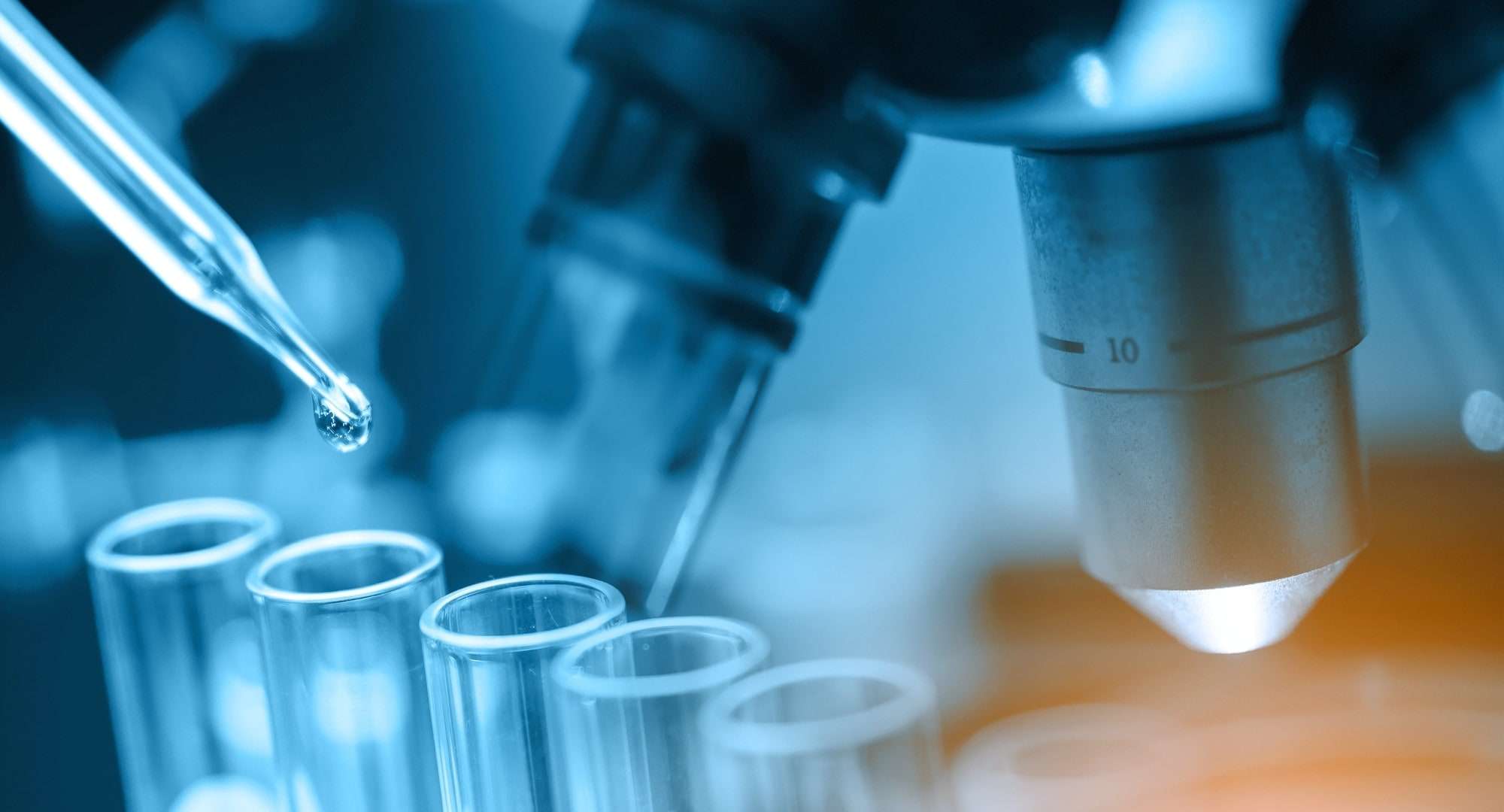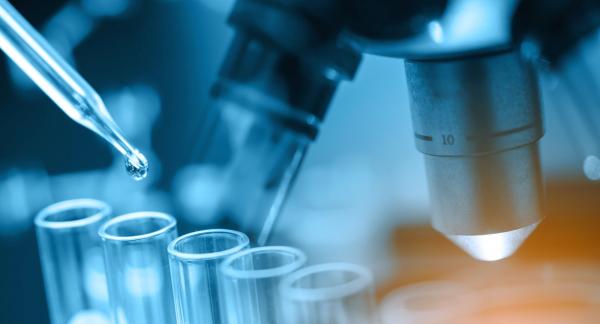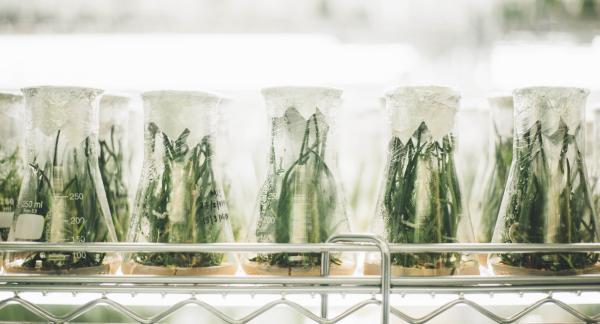
A Blueprint for High-Tech Analysis of Low-Tech Methods for Sustainable Class A Biosolids Production: Phase I
Abstract
Municipal water resource recovery facilities (WRRFs) throughout the United States are seeking to upgrade from production of Class B to Class A biosolids, which contain non-detectable concentrations of pathogen and indicator organisms (PIOs). In Phase I of the project, the researchers completed, design, construction, and testing of pilot-scale test beds and the development of analytical methods for monitoring and evaluation of a two-stage LCLT biosolids treatment process (high-solids, long-term storage followed by air drying). The monitoring methods quantify the abundance of key PIOs (fecal coliforms, enteric viruses, coliphage, and helminth ova) and important physical-chemical parameters. Published in 2017.
Originally funded as WERF project NTRY11T15a.

